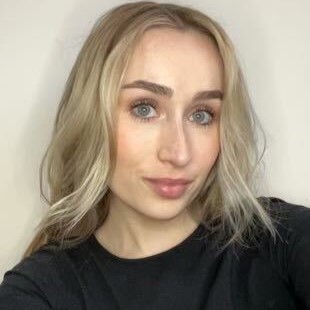Should your kitchen appliances match? Experts weigh in on the best approach for a sophisticated scheme
Streamlined or mismatched? Experts help guide your kitchen appliance styling


Curating a beautiful kitchen design involves many spinning plates. Cohesion is one of the key factors considered, which leads to many people questioning: should your kitchen appliances match?
When it comes to furniture, the general advice is not to buy matching sets, but does the same approach apply to your kitchen appliances? Opting for designs in the same style and finish feels like the right approach for a cohesive kitchen, but is a mismatched selection preferred by designers?
To get to the bottom of this great kitchen debate, we've turned to industry experts to find out whether or not you should invest in matching kitchen appliances.
Should your kitchen appliances match?

Kitchen appliances are a dominant feature in any scheme, large or small. Cookers, microwaves, and refrigerators are all large pieces that are carefully designed into a scheme, so choosing matching appliances seems like the best way to aid a seamless design.
'There are several benefits to ordering matching appliances. The top reason people invest in matching appliances is for the look, including the finish, handle design, and product logos. Even the grain of the stainless will offer a much more cohesive appearance,' says Jessica Petrino, educator and appliance expert at AJ Madison.
As well as the look of the appliances themselves, introducing matching appliances adheres to one of 2025's emerging kitchen trends – tone-on-tone kitchen schemes.

'Monochromatic tone-on-tone kitchens are having a comeback. It's a great way to bathe a client's home in a color that makes them happy, providing a warm and rich feeling,' says Shae Wilder, manager of designer relations at BlueStar.
'Full-color immersion can be used in architectural products like wainscoting and through texture to bring dimension, leaving the appliances to then match with any metals or finishes.'
It's not just the visual benefits that make matching appliances a more desirable choice. There's also a big cost factor to consider, as Jessica explains: 'Purchasing multiple appliances from the same brand will likely result in cost savings. Appliance package bundles can save consumers thousands.'

However, there's an argument for opting for mismatched appliances. While matching designs are ideal for a sleek kitchen, other interior design styles are better suited to a more eclectic finish.
Appliances in different colors, finishes, and designs can help create a kitchen that feels more rustic, or even retro. 'Most kitchens mix and match appliances to achieve that desired look and functionality,' says Jessica.
A great example is retro-style refrigerators. For a lot of people, classic Smeg appliances like the renowned colorful fridge is at the top of their list, which wouldn't match the rest of the appliances in the kitchen, but it would create a stylish statement in the scheme.
There is also a renewed appreciation for traditional range cookers – if you introduce one to your kitchen, it will be a unique feature that won't necessarily match the rest of your appliances.

There are also space constraints that need to be considered. While the thought of investing in appliances from the same brand range might appeal, they may not offer options that fit into the space you have for it. In these circumstances, it's more practical to opt for non-matching appliances.
'Should your space constraints or desired feature list make it necessary to buy products from various brands – that’s perfectly okay! If you are mixing brands, consider handle-free appliances,' says Jessica.
'For example, Bosch makes a dishwasher with a recessed handle and no logo, so it can blend seamlessly with many kitchens. Sharp makes a flush microwave drawer with no logo, Samsung, LG, and Bosch make handle-free refrigerator models that can blend with any kitchen.'
Essentially, there are no rules as to whether your kitchen appliances should match – it really depends on your space and style. If you like a sleek kitchen design, matching appliances are a great choice. But, if you want to create a more lived-in, eclectic design, mismatched features are better suited.
Sign up to the Homes & Gardens newsletter
Design expertise in your inbox – from inspiring decorating ideas and beautiful celebrity homes to practical gardening advice and shopping round-ups.

I’ve worked in the interiors magazine industry for the past five years and joined Homes & Gardens at the beginning of 2024 as the Kitchens & Bathrooms editor. While I love every part of interior design, kitchens and bathrooms are some of the most exciting to design, conceptualize, and write about. There are so many trends, materials, colors, and playful decor elements to explore and experiment with.
-
 Plants never to grow next to fruit trees
Plants never to grow next to fruit treesExpert advice on which plants to keep away from fruit trees to encourage a healthy harvest
By Jacky Parker Published
-
 Martha Stewart's tips for arranging daffodils are unbelievably simple and effective – it's the only flower advice you need this springtime
Martha Stewart's tips for arranging daffodils are unbelievably simple and effective – it's the only flower advice you need this springtimeMartha shows us that we can create gorgeous bouquets of this seasonal flower by simply trimming the stems and placing them in specific vases
By Hannah Ziegler Published